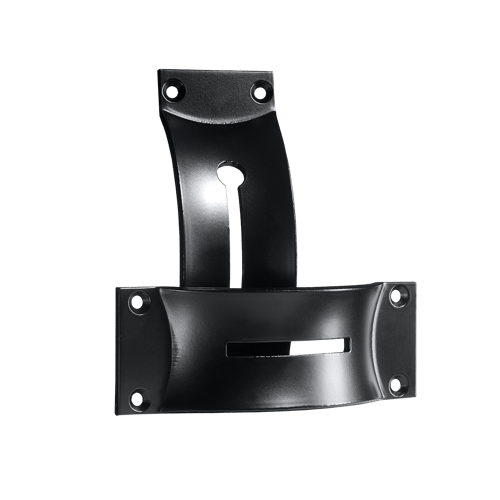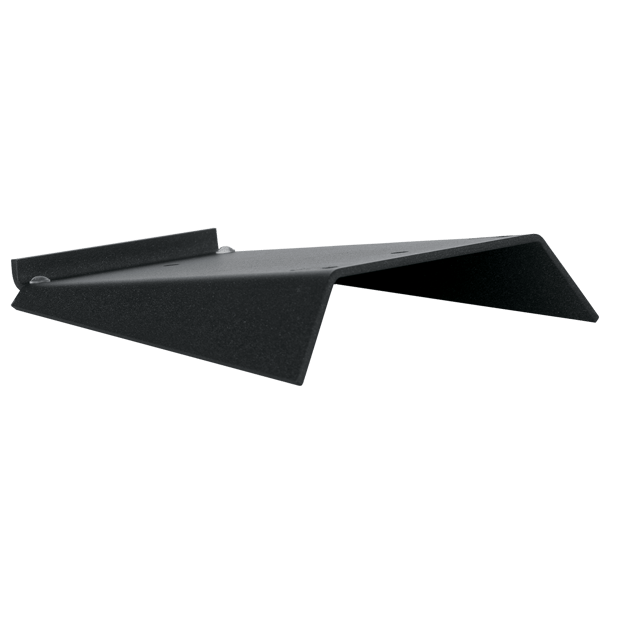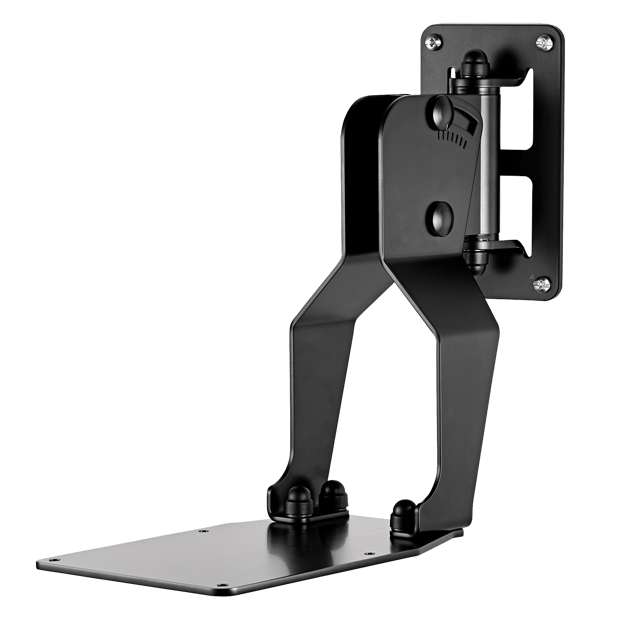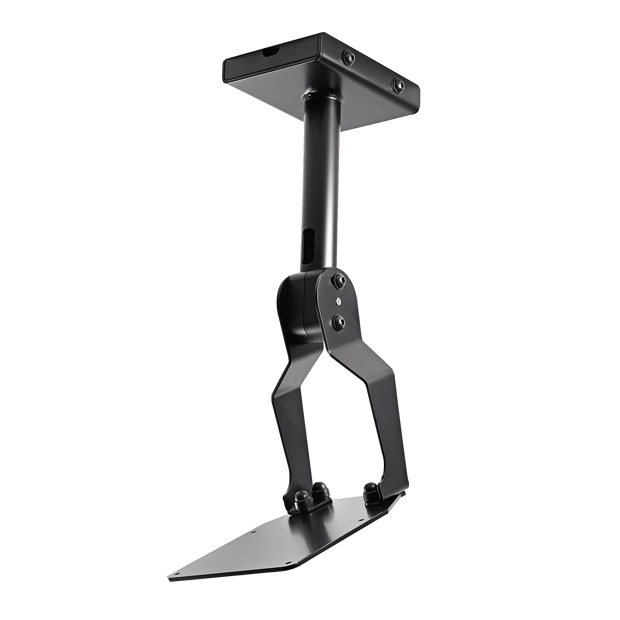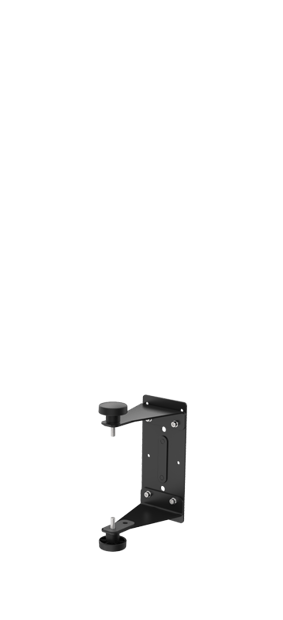- Home
- >
- Home Audio
- >
- Accessories
- >
- Wall Mount Bracket
- Home
- >
- Home Audio
- >
- Accessories
- >
- Wall Mount Bracket
Wall Mount Bracket
Ideal for particularly discreet wall-mounted installations of compact speakers.
Designed to work particularly well with the Dynaudio compact monitors, providing such with a very rigid and extremely stable support.
Wall Mount Bracket
The Dynaudio Wall Mount Bracket allows the speakers to perform at optimum levels in a wide variety of positions when it is required that they be installed on the wall, thus enabling proper sound dispersion and offering the ability to minimize room reflections.
The unique curved shape adds strength to the bracket's mounting assembly, while the resulting swivel joint offers the flexibility of both vertical and horizontal adjustment capabilities, enabling the speakers to be precisely angled to obtain the optimum listening axis in any room.
The Wall Mount Bracket was primarily intended for use with the DM 2/6 and 2/7 and aids considerably in completing side or rear speaker installations in multi-channel system setups.



Accessories
- Status:
- Segment:
- Series:
- Type:
- Weight kg:
- Weight lbs:
- Width mm:
- Height mm:
- Depth mm:
- Width inches:
- Height inches:
- Depth inches:
- Top Plate Width mm:
- Top Plate Depth mm:
- Top Plate Width inches:
- Top Plate Depth inches:
- Base Plate Width mm:
- Base Plate Depth mm:
- Base Plate Width inches:
- Base Plate Depth inches:
- Capacity kg:
- Capacity lbs:
- Tilt Angle:
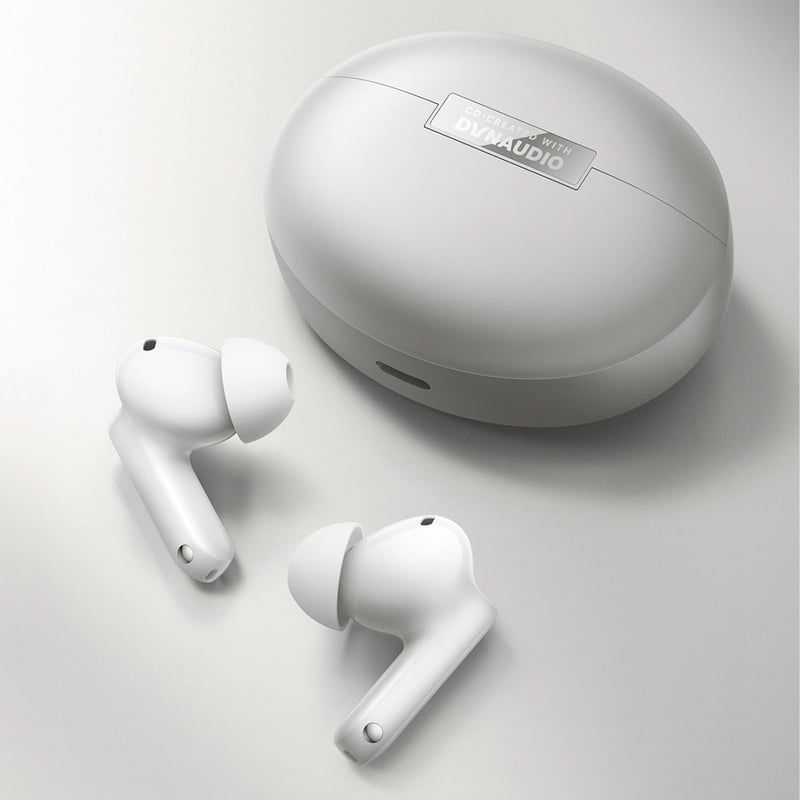
Dynaudio teams-up with OPPO for Enco X3s earbuds
We're thrilled to announce the release of OPPO's Enco X3s true wireless noise cancelling earbuds, with Dynaudio sound tuning.
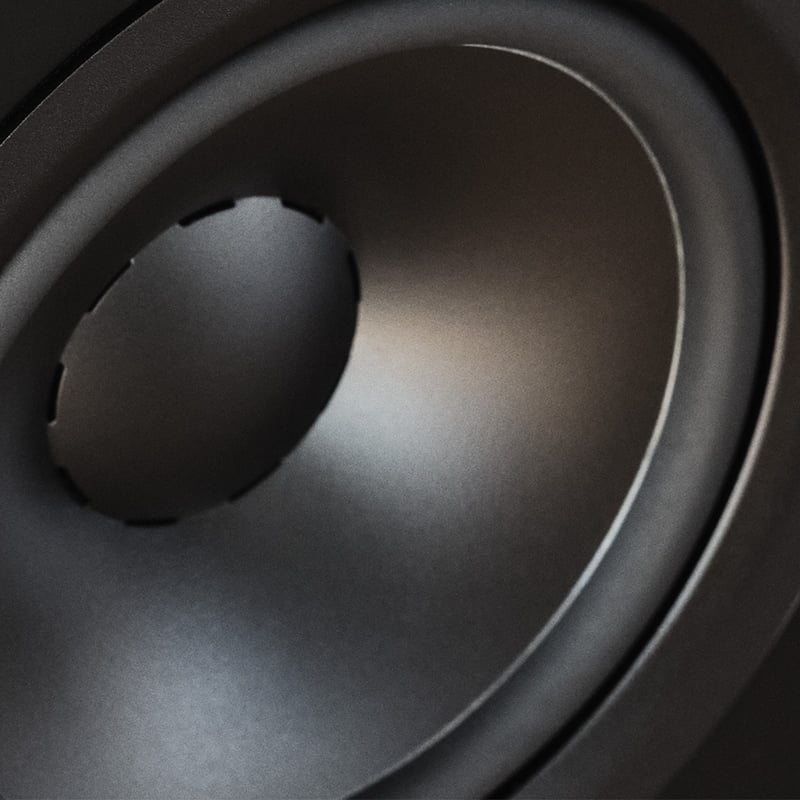
Why are there holes in our speaker drivers?
On this episode of Ask The Expert, Otto explains why our speaker cones have small, rectangular slots around the central dome. Far from being a random ...
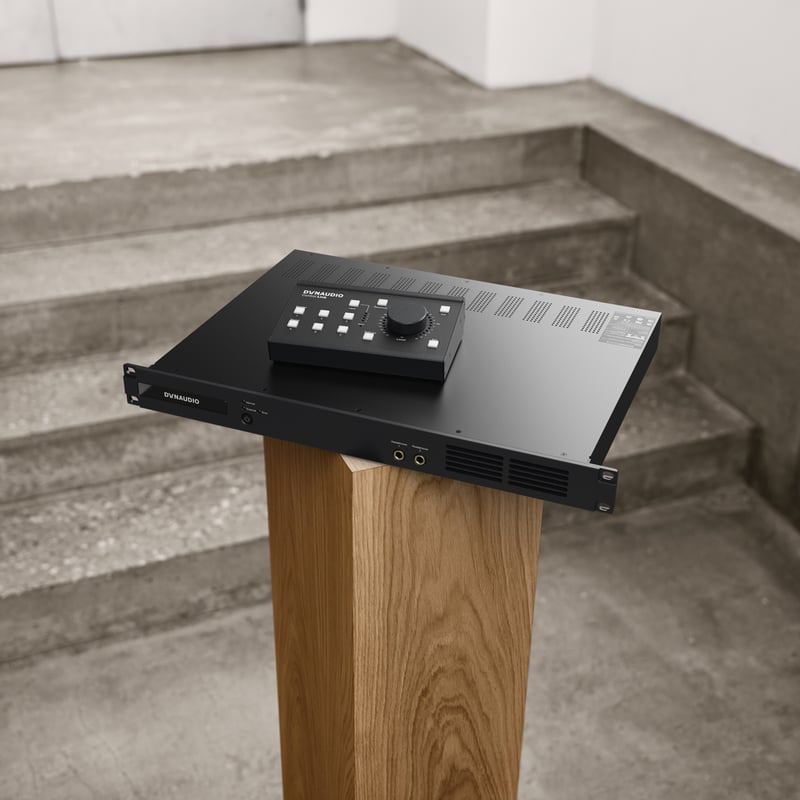
Dynaudio Control series
We are pleased to introduce the Dynaudio Control series: a suite of next-generation audio tools engineered to serve as the central monitor controller ...





